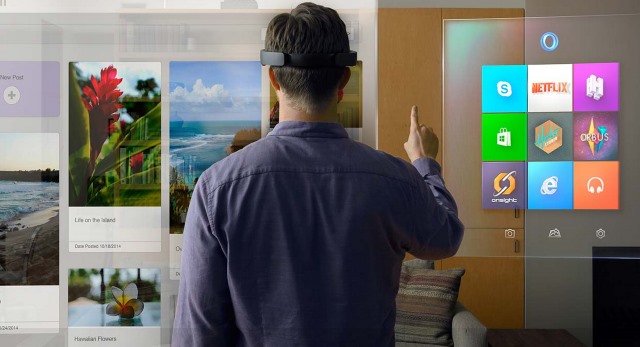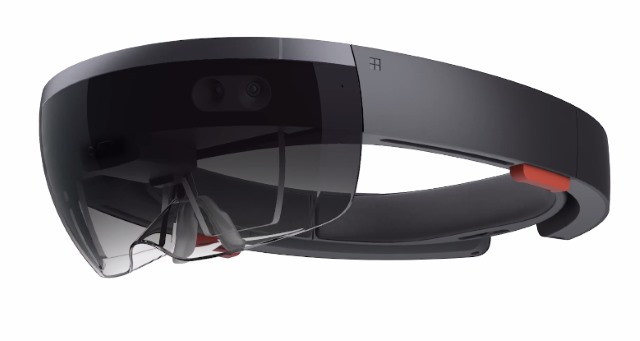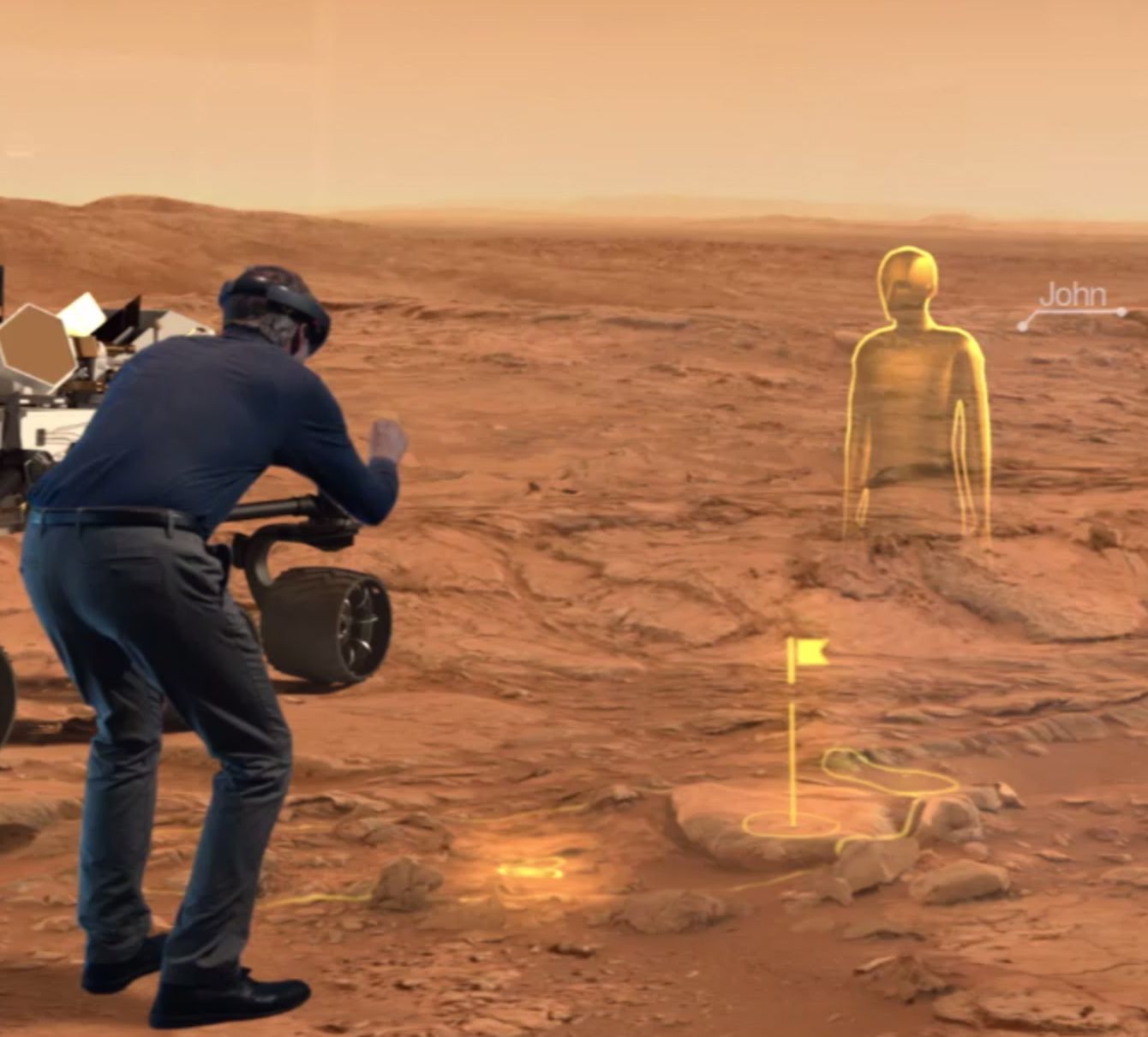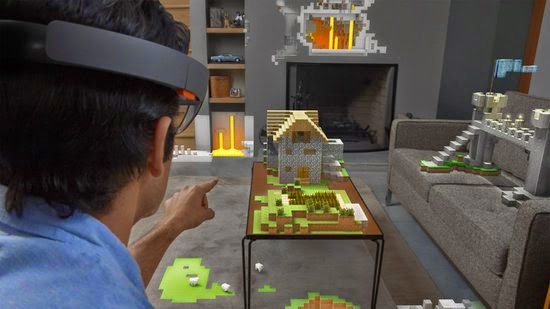
Microsoft confirms Windows 10 universal apps will work on HoloLens
Microsoft has launched a question and answer section for Windows Holographic and the HoloLens headset, sent in an email to Windows 10 'Insiders' currently testing the new updates to the operating system.
The FAQ answers ten of the most popular questions on HoloLens, before Microsoft’s annual BUILD conference on April 29th to May 1st. Amongst the answers, Microsoft details that HoloLens will be able to run Windows 10 universal apps.

Augmented Reality glasses set to become more popular than smartphones, says Augmented Reality promoter
In the future, smart glasses (or AR, Augmented Reality glasses) will become more popular than smartphones -- although we are talking about the pretty distant future.
This unlikely sounding conclusion -- particularly given the recent demise of Google’s Glass Explorer project -- was reached by a report from Augmentedreality.org, although it is potentially somewhat biased in that it’s an organization "committed to advancing Augmented Reality".

Microsoft goes 'Total Recall' as HoloLens-powered OnSight takes NASA scientists to Mars
I was just a young man when the movie Total Recall was released. My dad and I saw it in the theater and it blew my mind. If you aren't familiar, it is an action/mystery/science fiction film that ultimately takes place on Mars. One of the most famous scenes is where a female alien has three breasts, but I digress. The Schwarzenegger film sparked a curiosity in me about one day actually visiting Mars.
Unfortunately, traveling to Mars is pretty much a death sentence; even if you did survive the long trip there, getting home would be almost an impossibility. In other words, with current technology, you could probably never get back to Earth. In 2015, however, visiting Mars might be easier than we think; virtually, at least. Microsoft is empowering NASA to experience Mars with the all-new HoloLens-powered technology called OnSight. Will the Curiosity rover be getting some company?

The potential and pitfalls of HoloLens
Microsoft made some long expected announcements today -- the return of the start menu, one version of Windows 10 across all devices and an attempt to make Windows apps work across those same devices. Unfortunately, the limited overlap between Windows PC developers and mobile developers makes the latter a weak proposition. On the other hand, Microsoft's HoloLens headset may have some potential.
I have long been a believer in the long-term potential of "field of vision" devices (AR and VR) for one simple reason -- despite their downsides, their potential benefits cannot be matched by existing computing platforms. In my opinion, this is a necessary (but not sufficient) condition for triggering a new market disruption. While we are still in the early stages of the technology (think first mobile phone, not first smartphone), I believe we could see increasing consumer interest in this category over the next five years.

Microsoft steps into the future with HoloLens, holographic computing meets virtual reality
Today's Microsoft event was almost entirely about Windows 10 as expected, but there were a couple of surprises too. Among these was HoloLens a virtual reality, augmented reality, Google Glass hybrid that makes use of holograms for a totally immersive experience. We're used to Microsoft offering a unique window on the world, but this is something completely different.
Like Google Glass and virtual reality systems before it, HoloLens relies on a headset, and this is used to overlay holographic objects onto physical objects in the real world. Like the idea of a massive monitor filling your living room wall? Rather than splashing out on a colossal screen, HoloLens could make it appear as though you have the screen of your dreams.
